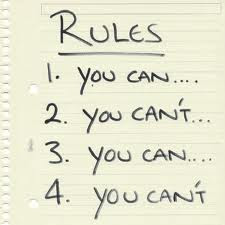Thursday, May 31, 2012
Structure Constitutes More Than Its Elements
Structure's Boundary Conditions—Wholeness, Transformation, Self-Regulation
Piaget began his inquiries into structuralism by first isolating what was common
to all structuralist thought. Number one on his list was the "affirmative
ideal"; that is, the ideal of intelligibility aspired after by all
structuralists. In addition to the definitions that were proffered by various
structuralists as part of the "affirmative ideal," Piaget also understood structure
to be more than the sum total of its elements.
Structuralism, according to Piaget, is also characterized by transformations, e.g., 2=1+1, the synchronic/diachronic distinction, not not A = A, and by self-regulation
processes that tend to maintain and perpetuate the continued existence of
structures. Thus, in so far as structuralism is characterized by transformations, the
laws that constitute structure must themselves be structuring. Piaget clarifies:
"Indeed, all known structures--from mathematical groups to kinship systems--are,
without exception, systems of transformation. But transformation need not be a
temporal process: 1+1 "make" 2; 3 "follows hard on" 2; clearly, the "making" and
"following" here meant are not temporal processes. On the other hand,
transformation can be a temporal process: getting married "takes time." Were it
not for the idea of transformation, structures would lose all explanatory
import, since they would collapse into static forms." [Jean Piaget,
Structuralism, 1970, p.12]
The self-regulation aspect of structuralism may be considered from a logical or mathematical point of view, i.e., the rules defining structure, (or, in the self-maintenance systems that define a healthy organism). Within the diverse range of the structuralist
movement, Piaget located the boundary conditions for structuralism in the
attributes -- wholeness, transformation, and self-regulation. However, to the
extent that structure can be formalized, Piaget believed that structure should be formalized. Because the significance of this concept, "the limits of structural formalization" is so important, I now digress to a brief discussion concerning foundational problems in mathematics, i.e., a discussion concerning "the limits of structural formalization."
Subscribe to:
Post Comments (Atom)







No comments:
Post a Comment